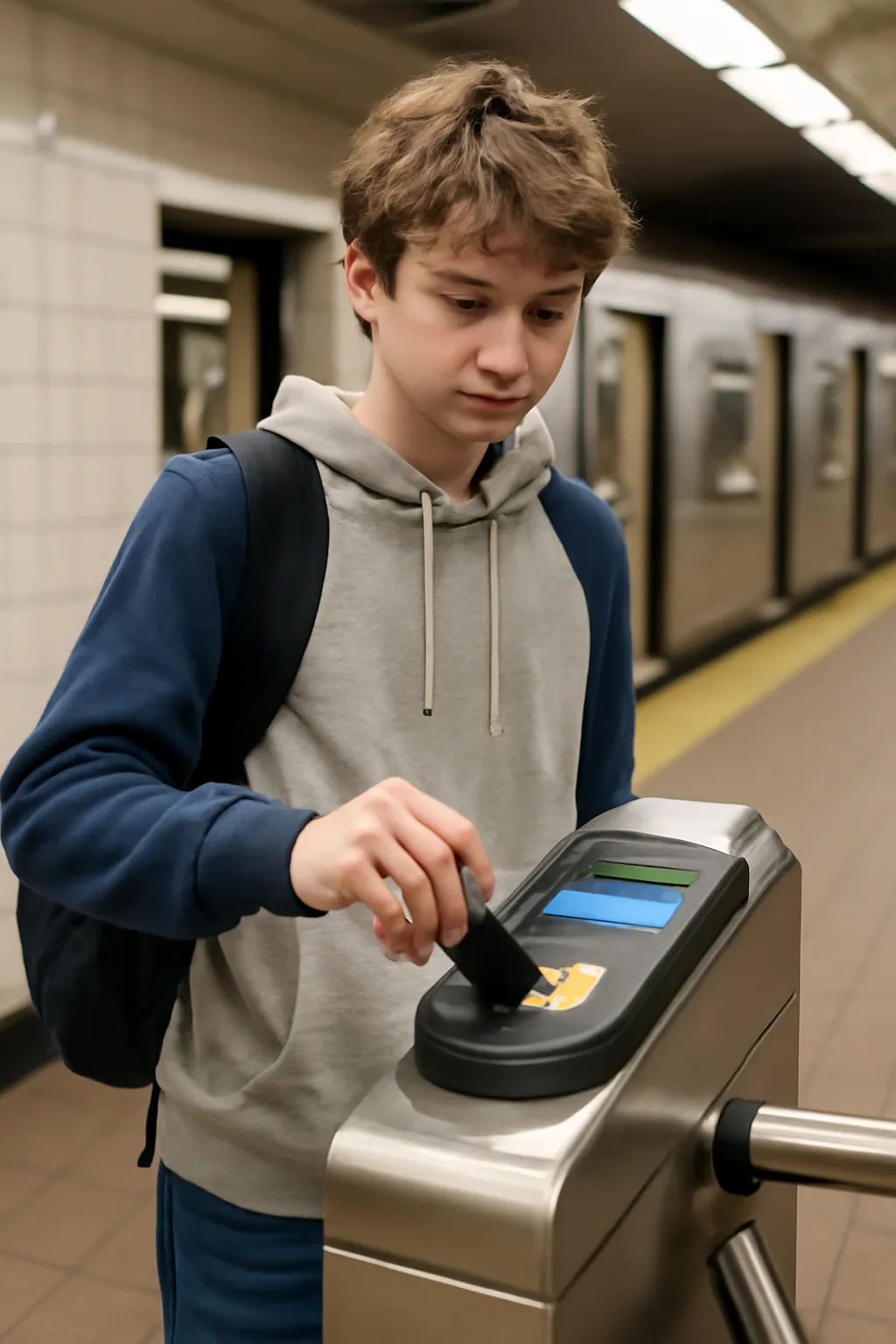Middle school students are often in the unique position of needing to commute regularly, whether to school or for extracurricular activities. This routine raises an important question: what are the subway and bus rates for middle school students? In this article, we’ll explore the rates available for middle school students in various regions and how they compare to the costs for younger children and youths overall. Understanding these rates is key to helping families plan their daily expenses and ensuring that public transportation is affordable for young commuters.
Why Are Middle School Subway Rates Different from Elementary School Rates?
Subway rates for students are typically divided into several categories, with age and grade level playing key roles in determining the fare. For example, middle school students often receive discounts compared to adults, but these rates are typically higher than those available to elementary school children. In many cities, there are specific rules that define the age brackets for discounts, and it’s essential to understand these distinctions to avoid confusion.
Middle school students typically enjoy discounted fares based on their age range. In many places, students aged 6 to 18 can qualify for a youth fare, which is usually a fraction of the adult fare. While elementary school children may receive an even deeper discount or sometimes free access to public transit, the rate for middle school students reflects their growing age and the fact that they are more independent in their use of transportation.
For instance, in countries like South Korea, middle school students enjoy reduced subway fares, often ranging from 50-70% of the adult price, depending on the region. In the United States, fare reductions for youth commuters are also widespread, but the specifics can vary by city. In New York, for example, students aged 6-17 can ride the subway at a discounted fare of about $1.15, compared to the $2.75 full adult fare.
How Youth Subway Rates Benefit Families and Encourage Public Transport Use
Affordable transportation plays a significant role in supporting young people’s independence. Youth subway rates are designed to make commuting easier and more affordable for families, especially in urban areas where public transit is a vital part of daily life. These discounted fares help families avoid the costs associated with driving their children to school or extracurricular activities, making public transportation a practical and eco-friendly option.
For middle school students, the subsidized rates not only make travel more affordable but also teach valuable lessons about managing finances and independence. As students begin to navigate the city on their own, having access to low-cost transportation options ensures they can get to school and other activities without burdening their families with high transportation costs. These youth rates are often a step toward fostering long-term habits of using public transit.
Moreover, these rates are part of a broader effort to promote sustainability and reduce traffic congestion. Encouraging young people to use the subway regularly as part of their routine helps create more environmentally conscious habits. Additionally, it sets a precedent for future generations to value and rely on efficient public transportation systems, contributing to the overall well-being of cities.
Comparing Middle School Subway Rates to Other Youth Fares
When comparing subway fares for middle school students to other youth fares, it’s important to understand the wider context of how youth transportation fares are structured. Elementary school students often receive the best rates, with some cities offering free rides for children under a certain age. However, these rates begin to rise slightly as students enter middle school, reflecting both their greater independence and their slightly higher usage of public transportation.
In many cases, middle school students fall into a “youth” category, which typically includes students aged 6-18. The fare for these students is often based on a specific percentage of the adult fare, but the discount can vary significantly between cities and countries. For example, in Singapore, middle school students benefit from a youth fare that is 25% lower than the regular adult rate. On the other hand, in European cities like London, the fare for young students can be as much as half the adult rate, thanks to various student travel programs and subsidies.
The benefits of having a clear and uniform fare system for middle school students include easier access to transportation for families and a reduction in confusion. These systems also promote equality, as all young students in a particular area receive the same rate, regardless of their background or the specifics of their individual circumstances.
Conclusion
Middle school student subway rates are an essential aspect of making urban living more accessible and affordable for young people. These rates reflect both the developmental stages of students and the ongoing push for more sustainable, eco-friendly transportation systems. Whether you’re considering the costs for middle school students compared to elementary school students or comparing rates across different cities and countries, it’s clear that affordable subway fares are key in fostering independence and encouraging the use of public transportation. By ensuring that these fares are available, cities are investing in both the mobility of their younger residents and in the future of public transport itself.
With transportation systems adapting to meet the needs of youth commuters, we can expect more young people to rely on the subway for their everyday travel needs, leading to healthier cities and more informed, environmentally-conscious generations.






